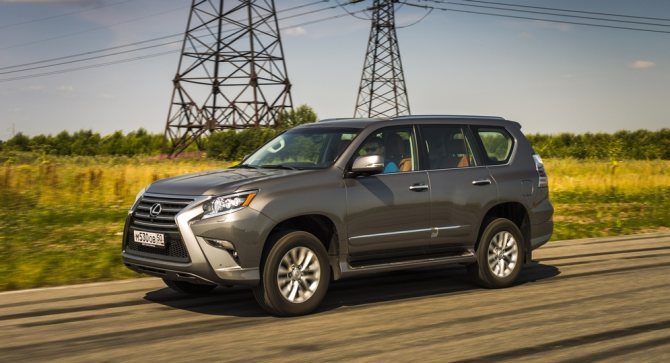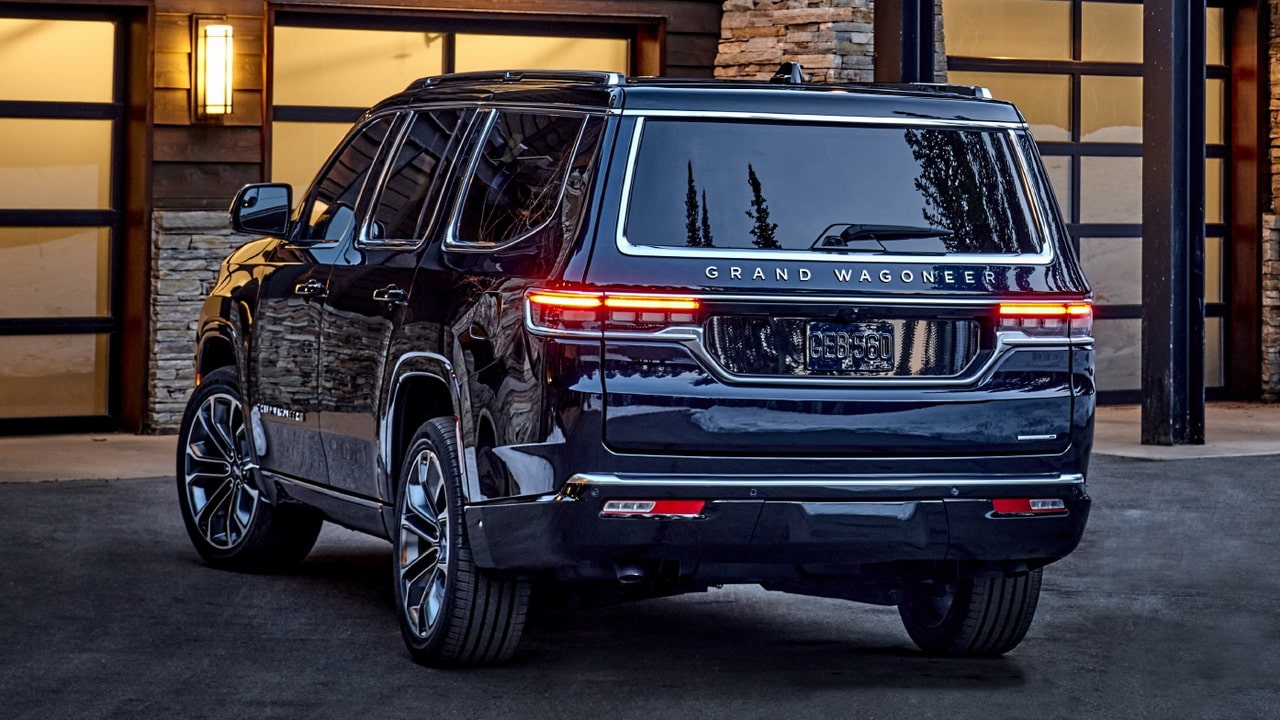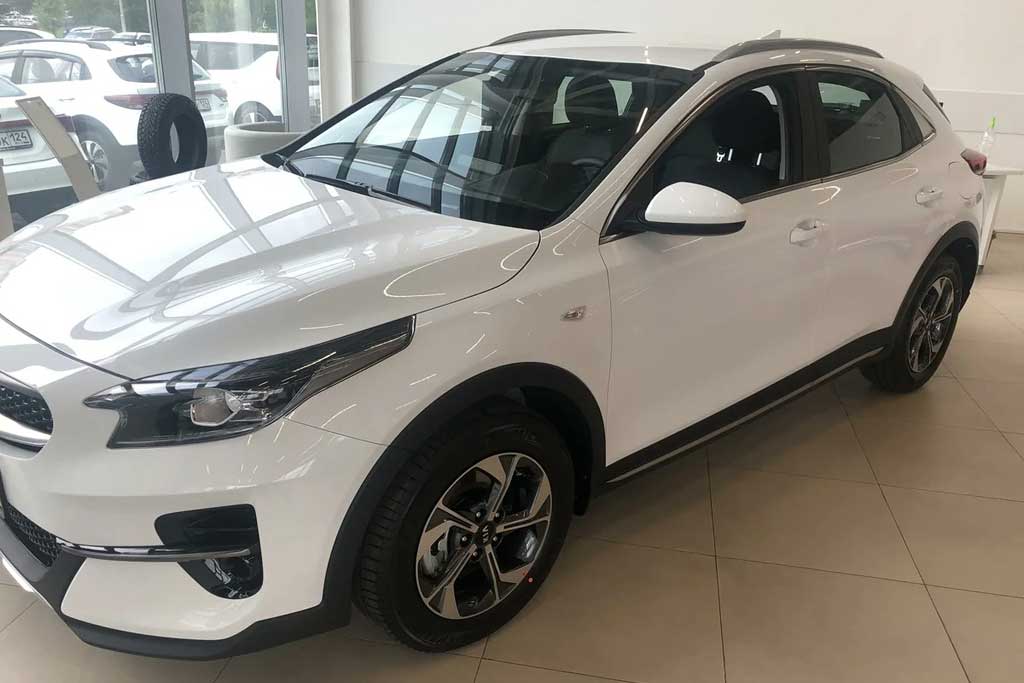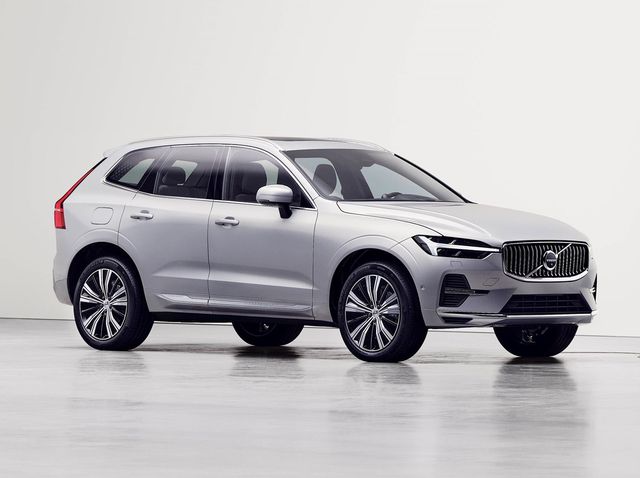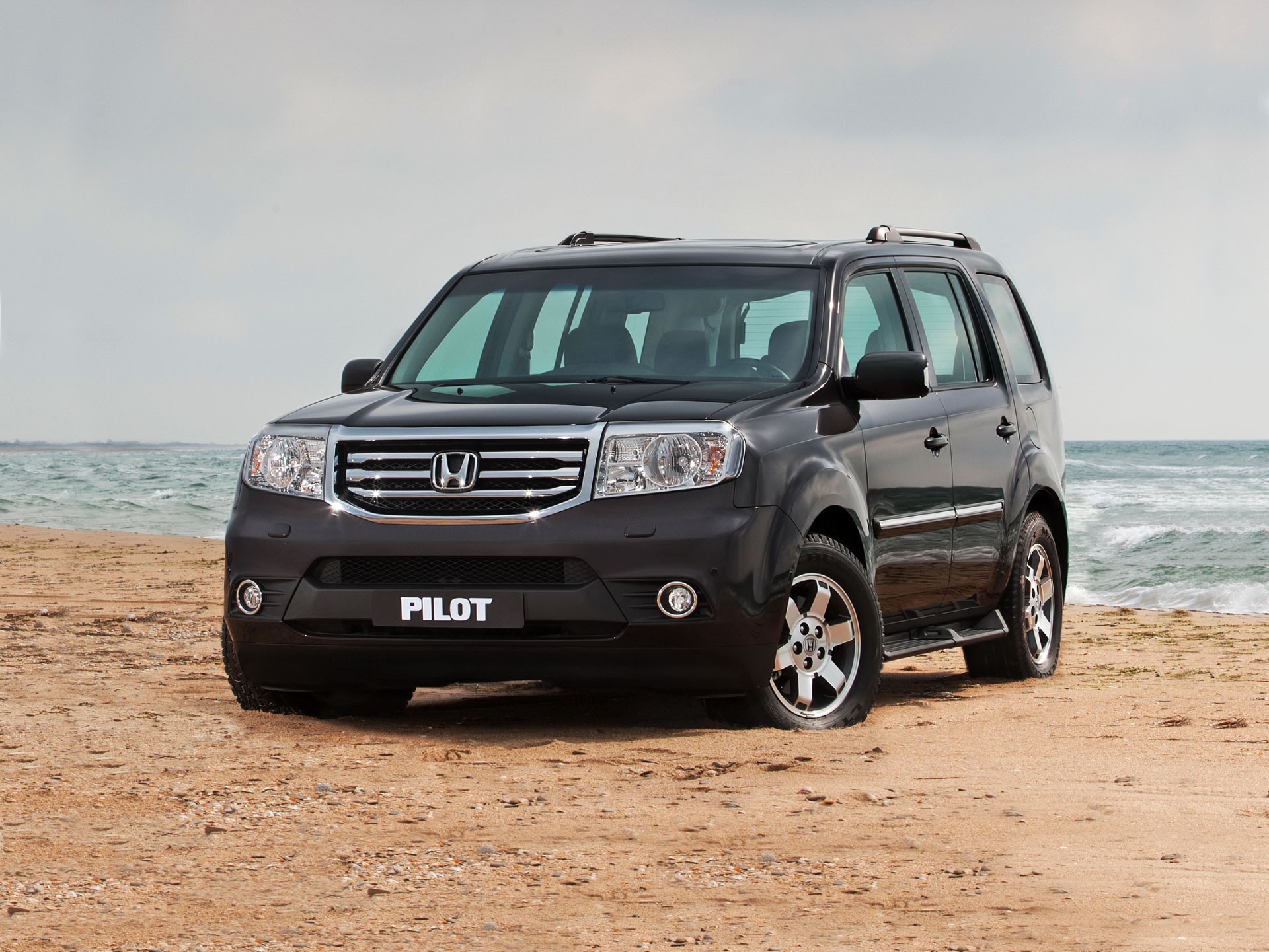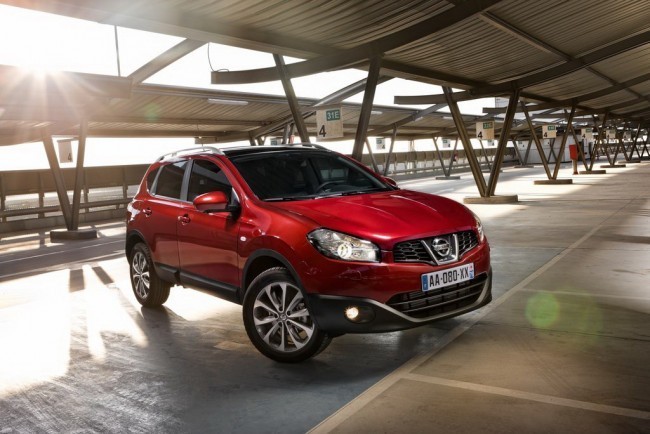- Used Nissan Qashqai 2007 — 2013 review
- Nissan Qashqai 1.5 Dci Acenta Premium 5dr
- Nissan Qashqai 1.2 Dig-t Acenta 5dr
- Advice for buyers
- What should I look for in a used Nissan Qashqai hatchback?
- What Car? has a buying service
- Used Nissan Qashqai 2007 — 2013 review
- Nissan Qashqai 1.5 Dci Acenta Premium 5dr
- Nissan Qashqai 1.2 Dig-t Acenta 5dr
- What’s the used Nissan Qashqai hatchback like?
- What Car? has a buying service
- Used Nissan Qashqai long-term test review
- For many years, the Qashqai was the go-to car in the family SUV sector. Can a used one convince us it’s still worth a look? We’ve got four months to find out.
- Nissan Qashqai
- Volkswagen Tiguan
- Hyundai Tucson
- 10 September – Hail and farewell, old friend
- Nissan Qashqai
- Volkswagen Tiguan
- Hyundai Tucson
Used Nissan Qashqai 2007 — 2013 review
Section: Advice for buyers
Nissan Qashqai 1.5 Dci Acenta Premium 5dr
Nissan Qashqai 1.2 Dig-t Acenta 5dr
Advice for buyers
What should I look for in a used Nissan Qashqai hatchback?
Be wary of diesel Qashqais, because the diesel particulate filter (DPFs) can clog up under such conditions, and is expensive to replace. Make sure the DPF warning light is working and that it goes off once the car is running.
DPF problems seems to affect the 2.0-litre diesel more than the 1.5. However, the 1.5-litre engine can suffers from sticking valves if used on mainly low-speed or short journeys. This can lead to turbocharger failure and lack of lubrication elsewhere in the engine, so look out for uneven idling or stuttering when accelerating. Check the oil level, too, and ensure there’s a full service history detailing regular oil changes.
What Car? has a buying service
Squeaks and rattles can appear, especially around the dashboard and front seats. There are complaints about poorly fitted door trims, too.
If the car smells musty or damp, there may be a leak around the edge of the windscreen. Having new glass fitted is the only way to solve this problem.
There have been a number of recalls. Check they have all been done when you buy.
Reason for recall
It has been identified that the front suspension lower ball joints on some of the subject vehicles have not been fully seated into the hub. This has resulted in the securing bolt not fitting into the groove in the ball joint shank. If the situation goes uncorrected the ball joint could detach which could result in loss of vehicle control.
How the manufacturer will repair
Recalled vehicles will be checked for correct location of the ball joint and rectified as necessary.
Reason for recall
The cover screw securing the pinion shaft may loosen causing noise during steering operation. Continued use in this condition could result in the screw coming out of the gear housing and in certain circumstances cause a loss of steering control.
How the manufacturer will repair
Recall the potentially affected vehicles to fit a locking plate to the cover screw that secures the pinion shaft.
Number of affected vehicles
Reason for recall
There is a possibility that the air conditioning compressor may seize which could result in an unexpected engine stall.
How the manufacturer will repair
Recall the vehicles that are likely to be affected to replace the a/c compressor and the drive belt and idler roller.
Number of affected vehicles
The Qashqai’s air-conditioning system requires attention less often than rival cars’, too, and the timing belt change interval on some versions is 95,000 miles, as opposed to the segment average of 37,000 miles.
Brake discs and light bulbs are on par with the rest of the class, but it’s safe to say that the first-gen Qashqai has a good reputation for durability.
Alas the later second-generation Qashqai has always had a poor reliability record, by contrast. In our most recent What Car? reliability survey, it came second from bottom in the family SUV class.
Reliability rating 87.0%
Few of the cars we were told about had a higher proportion of faults than the Qashqai, with 40% of them going wrong. The battery and non-engine electrical systems caused the most problems, followed by the brakes, exhaust and interior trim. Most of the stricken cars could still be driven, but more than a quarter spent a week or longer in the garage. On the bright side, four out of five of them were fixed for free and no repair bills topped £300.
Nissan as a brand finished in 27th place out of 31 manufacturers in the same survey.
Источник
Used Nissan Qashqai 2007 — 2013 review
Section: What is it like?
Nissan Qashqai 1.5 Dci Acenta Premium 5dr
Nissan Qashqai 1.2 Dig-t Acenta 5dr
What’s the used Nissan Qashqai hatchback like?
The first-generation version of the Nissan Qashqai was actually a huge gamble. It was one of the first family-sized SUVs on the market, at a time when such things weren’t as sought after as they are today. If buyers hadn’t taken to the rugged looks of the Qashqai or to its unusual name, it could have brought Nissan to its knees, but luckily it was an instant success and went on to spawn hundreds of rivals in its wake.
Part of the reason for its success was that despite looking like an SUV and offering decent practicality and a raised-up driving position, the Qashqai is actually closer in size to traditional family hatchbacks, such as the Ford Focus and Volkswagen Golf, so it was easy to drive too, and economical to run. Buyers after seven seats could even choose a +2 version, with two extra seats in a lengthened boot area. Both cars remained on sale until the arrival of the all-new second-generation Qashqai in 2013.
What Car? has a buying service
The 1.6-litre petrol option was less impressive but perfectly fine for low mileage driving. A higher-powered but slow-selling and thirsty 2.0-litre petrol version was also available. Those that need four-wheel drive or an automatic gearbox had to go for a 2.0-litre engine (petrol or diesel) if buying a pre-2012 Qashqai.
A new 1.6-litre dCi diesel was introduced in 2012 to replace the 2.0-litre unit and it’s both more powerful and more economical than the 1.5, though the smaller engine is cheaper to buy. Four-wheel drive can be specified with the 1.6-litre dCi diesel, although most Qashqais in the classifieds are front-wheel drive.
In terms of specifications, early Qashqais were offered in Visia, Acenta and Tekna trim levels and even the base models are adequately equipped. The Tekna does, however, look more impressive thanks to its larger alloy wheels and other styling upgrades. Just don’t forget that the bigger wheels mean a less comfortable ride.
Even higher specification versions were offered later in the life of the first-generation Qashqai in the form of the N-tec and 360, equipped with high levels of safety equipment and technology as standard.
To drive, the Qashqai was no sports car, of course, but the performance was always adequate and it steered and handled well. The Qashqai was designed to be comfortable on the road first and foremost and in most trims it’s one of the best cars in the class in terms of absorbing speed bumps and potholes. That said, it’s worth bearing in mind that examples with larger alloy wheels are less comfortable, if more controlled feeling in the corners.
It does offer a raised ride height and driving position over those cars, but the boot is no larger, nor more useful, and the rear seats aren’t especially spacious. The interior is well-made, however, and feels of a high quality.
Источник
Used Nissan Qashqai long-term test review
For many years, the Qashqai was the go-to car in the family SUV sector. Can a used one convince us it’s still worth a look? We’ve got four months to find out.
Nissan Qashqai
Volkswagen Tiguan
Hyundai Tucson
The car 2018 Nissan Qashqai 1.3 DIG-T 140 N-Connecta
Run by Mark Pearson, used cars editor
Why it’s here To find out if buying a used family SUV makes good financial sense, and to see if the venerable Qashqai is still a viable alternative to its younger competitors
Needs to Inject a bit of interest into suburban motoring, and cope admirably with a variety of uses, including daily commuting, motorway journeys, school runs and family life
Price when new £24,000 Price when new with all options £25,025 Value on arrival £19,995 Value now £19,495 Mileage 6624 Official economy 53.2mpg Test economy 39mpg Running costs excluding depreciation £565 CO2 emissions 121g/km 0-62mph 10.5sec Top speed 120mph Power 138bhp Insurance group 15E Options Blade Silver metallic paint (£575), Panoramic glass roof (£450)
10 September – Hail and farewell, old friend
My Nissan Qashqai has gone, after four months and nearly 4000 miles in which it’s proved itself a trusty companion and a car I was always happy to get back into after driving a lot of other more varied — and often more compromised – vehicles. Indeed its combination of comfort and ease of use made it as relaxing as a warm Radox bath, and my N-Connecta car was so handsomely equipped it seemed it had my every daily want covered.
Nissan Qashqai
Volkswagen Tiguan
Hyundai Tucson
In fact, I soon became used to the Qashqai’s even seemingly inconsequential luxuries. For example, it wouldn’t occur to me when buying a car to specify keyless entry. And yet, one of my greatest causes for glee with the Qashqai was to be able to just gently touch the door handle in order to unlock it, without going to all the fuss of searching in my pockets for the key.
Needless to say, it had keyless start too, which was equally useful, and auto lights and wipers, as well as an Intelligent Park Assist function that would steer the car into a parallel parking space. The only slight disappointment was that all that indulgence stopped by the time you got to the rear tailgate: you had to open that by hand.
I could always comfort myself with some excellent fuel consumption figures, though. Its overall consumption of 39.6mpg was impressive for a petrol-engined car put to the urban uses I mostly subjected it to, and longer journeys produced figures way into the 50s, which is truly impressive.
In fact, I would have no hesitation in choosing a petrol engine over a diesel were I buying another Qashqai. You see my 1.3-litre engine was punchy, too, and as smooth as an evening with Nigel Havers. It gave the Qashqai decent urban refinement, and only a little too much road noise ruined the otherwise relaxed motorway cruising. Indeed, driving the car overall was a pleasurable experience, thanks to major controls that put ease of use above response — the flipside of this being that the Qashqai’s unlikely to appeal to a keener driver.
With all that useful tech it comes as a bit of a surprise to admit that my favourite feature on the car, even ranking above the optional panoramic sunroof and the usefully large door mirrors, was the boot. Half of the false floor could be lifted up to act as a divider, and doing so stopped our weekly supermarket shopping from spilling out on the way home. Simple, but devilishly useful.
So, it was comfortable and practical, and it fulfilled its role well. But of course our real purpose in testing this Qashqai was twofold: to see how this six-month-old example stacked up next to a new one (the answer is very well; you wouldn’t have known it was used and the saving of £5000 is large enough to recommend), and to see how the venerable old pioneer of the family SUV class now compares with its newer rivals.
That’s trickier to answer. There’s the striking Peugeot 3008, good to drive and with its ultra-mod interior, for one. And there’s no doubt that those VW Group cousins the Seat Ateca and Skoda Karoq are better to drive: stiffer and more positive in the steering. As a payoff for that, though, they are both a little firm in the ride — not that the Qashqai’s ride is perfect, mind, but it’s passable on our car’s 17in wheels and it’s more comfortable than the Seat’s and the Skoda’s.
However, the Karoq does come with the Varioflex rear seats that can be folded or even removed individually, and its boot is usefully bigger than the Qashqai’s. Both cars are more reliable, too, according to our latest reliability survey, as is the 3008, although during our tenure nothing went wrong or fell off my Qashqai. It’s also fair to say that all three of those rivals, as well as being noticeably smarter inside and out, all sport better infotainment packages.
But I still wouldn’t rule out the Qashqai, especially a nearly new one like mine. Doubts over reliability aside, those after a comfortable and practical family SUV at a reasonable price should still have the old warhorse on their shortlist.
For all the latest reviews, advice and new car deals, sign up to the What Car? newsletter here
Источник

















